Concept mapping is a powerful tool used in learning and idea generation. With the rise of technology, a plethora of digital concept map makers have emerged, amplifying the benefits of this technique. This guide aims to help you understand the role of concept map makers, their key features, a review of popular options, and tips on choosing the right one for your needs. Let’s get started!
What Is a Concept Map
A concept map is a graphical tool that represents relationships between ideas or pieces of information. It aids in organizing and structuring thoughts, facilitating better understanding, retention, and generation of new ideas. Used in diverse fields like education, business, and research, concept maps enhance learning, problem-solving, and creative thinking.

Why Use a Concept Map Maker
Benefits of Using Digital Tools for Concept Mapping
Digital concept map makers enhance the mapping process by offering features like drag-and-drop functionality, customization options, and online collaboration. They save time, increase efficiency, improve presentation quality, and make modifications easy.
Hand-drawn Vs. Digital Concept Maps
While hand-drawn maps give freedom of expression, they can be time-consuming and difficult to edit or share. In contrast, digital maps are easy to create, edit, share, and present. They also offer functionalities like linking to online resources or integrating multimedia elements.
Key Features to Look for in a Concept Map Maker
With the growing popularity of concept mapping in both educational and corporate settings, numerous digital tools have emerged to assist in the creation and manipulation of these visual diagrams. However, not all concept map makers are created equal. Knowing the essential features to look for in such a tool can help ensure that you select the most efficient and effective one for your needs.
User-friendly Interface
An intuitive, user-friendly interface is crucial when choosing a concept map maker. The tool should be easy to navigate and learn, allowing you to focus on generating and connecting ideas rather than figuring out how to operate the tool itself. Whether you're a novice or an experienced user, the software should be simple yet powerful, offering a smooth user experience.
Customization Capabilities
A robust concept map maker should provide comprehensive customization options. This includes altering the shape, color, and size of the bubbles or nodes, and modifying text font, color, and size for better visibility and emphasis. Other customization features may include adding images, symbols, or icons to the nodes, providing further visual cues.
Integration with other Apps
Integration capabilities can significantly enhance the usability of a concept map maker. Look for a tool that can connect with popular applications like Google Drive, Microsoft Office, or Dropbox for easy access to your files and seamless sharing of your maps.
Collaboration Features
The best concept map makers support real-time collaboration. This allows multiple users to simultaneously edit a concept map, making it a powerful tool for group brainstorming sessions or collaborative projects. Some tools even offer comment and chat features, enabling discussion and idea exchange within the platform.
Cross-platform Accessibility
Your concept map maker should be accessible on multiple platforms - Windows, macOS, Linux, or even on mobile devices like tablets and smartphones. Whether it's a web-based tool or offers a dedicated app, cross-platform accessibility ensures that you can create, view, or edit your concept maps anytime, anywhere.
Export and Printing Options
The ability to export your concept maps in various formats like PDF, PNG, or JPEG enhances flexibility in sharing or presenting your work. Additionally, high-quality printing options can be beneficial if you need hard copies of your maps for meetings or workshops.
Remember that the right concept map maker can greatly affect the efficiency and effectiveness of your brainstorming sessions or learning processes. Choose a tool that aligns with your needs and workflow for the best results.
Comprehensive Review of 10 Popular Concept Map Makers
In the digital age, a wide range of concept map makers are available for users to choose from, each offering its unique strengths and limitations. Here's a comprehensive review of 10 popular concept map makers, with Boardmix topping the list.
Boardmix
Boardmix is a concept map maker offering an unparalleled platform that expertly combines essential elements of simplicity and sophistication to create a user experience that's both pleasant and productive. Its efficiency, intuitiveness, and a comprehensive suite of features make it an ideal choice for educators, students, and professionals.

Key Features
Intuitive User Interface: Boardmix excels in its streamlined and user-friendly interface. The learning curve for using Boardmix is remarkably short; it's designed in a way that both first-time users and experienced mappers can easily navigate through the tool and start creating concept maps quickly.
- Collaborative Environment: In the modern world where teamwork is key, Boardmix's collaboration feature is a game-changer. It allows for real-time collaboration, with users able to edit, comment on, and discuss elements within the map simultaneously. This feature makes it a valuable tool for group projects, remote team meetings, or classroom settings.
- Extensive Template Library: For users who might need some assistance getting started or those who want to save time, Boardmix offers an extensive library of templates. This feature helps to kickstart the map creation process, enabling users to choose from a wide variety of starting points.
- Robust Customization Options: While Boardmix provides numerous templates, it does not limit creativity and personal touch. Users can customize their concept maps extensively - from colors and fonts to shapes and lines. This degree of customization helps users tailor their maps to their exact needs and preferences.
- Integration Capabilities: Boardmix's ability to integrate with popular third-party applications enhances its appeal. Users can import files directly from popular applications and easily export their completed maps into various formats.
- Scalability: Regardless of the complexity or size of the concept map, Boardmix handles it effortlessly. This feature makes it suitable for a variety of scenarios - from mapping out simple ideas to detailing complex processes.
MindMeister
MindMeister is known for its sleek design and real-time collaboration capabilities. While its free version is limited, upgrading to premium unlocks features like attaching files and images, exporting in various formats, and more.
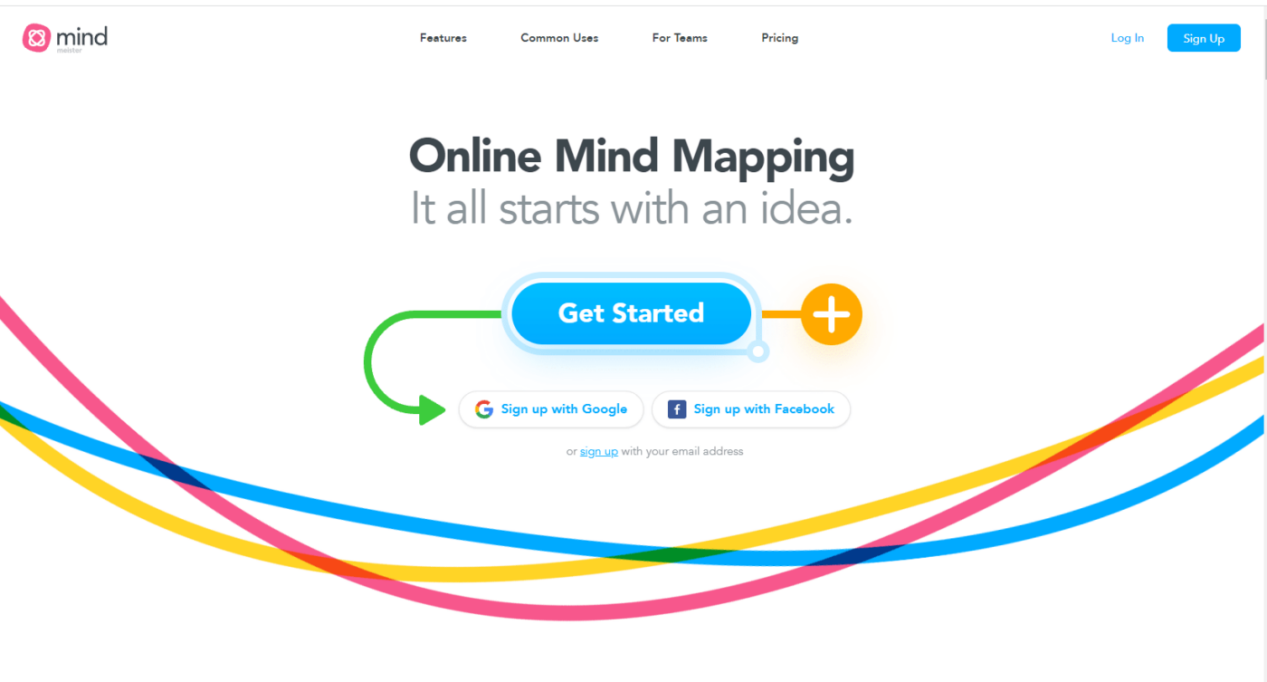
- Strengths: Excellent collaboration features, cloud-based, supports various map styles.
- Limitations: Some advanced features might require a premium subscription.
- Unique Features: Integrates with productivity tools, real-time collaboration.
Coggle
Coggle stands out with its intuitive interface and versatility in creating simple to complex maps. While the free version offers basic capabilities, the premium subscription offers unlimited private diagrams and advanced collaboration features.
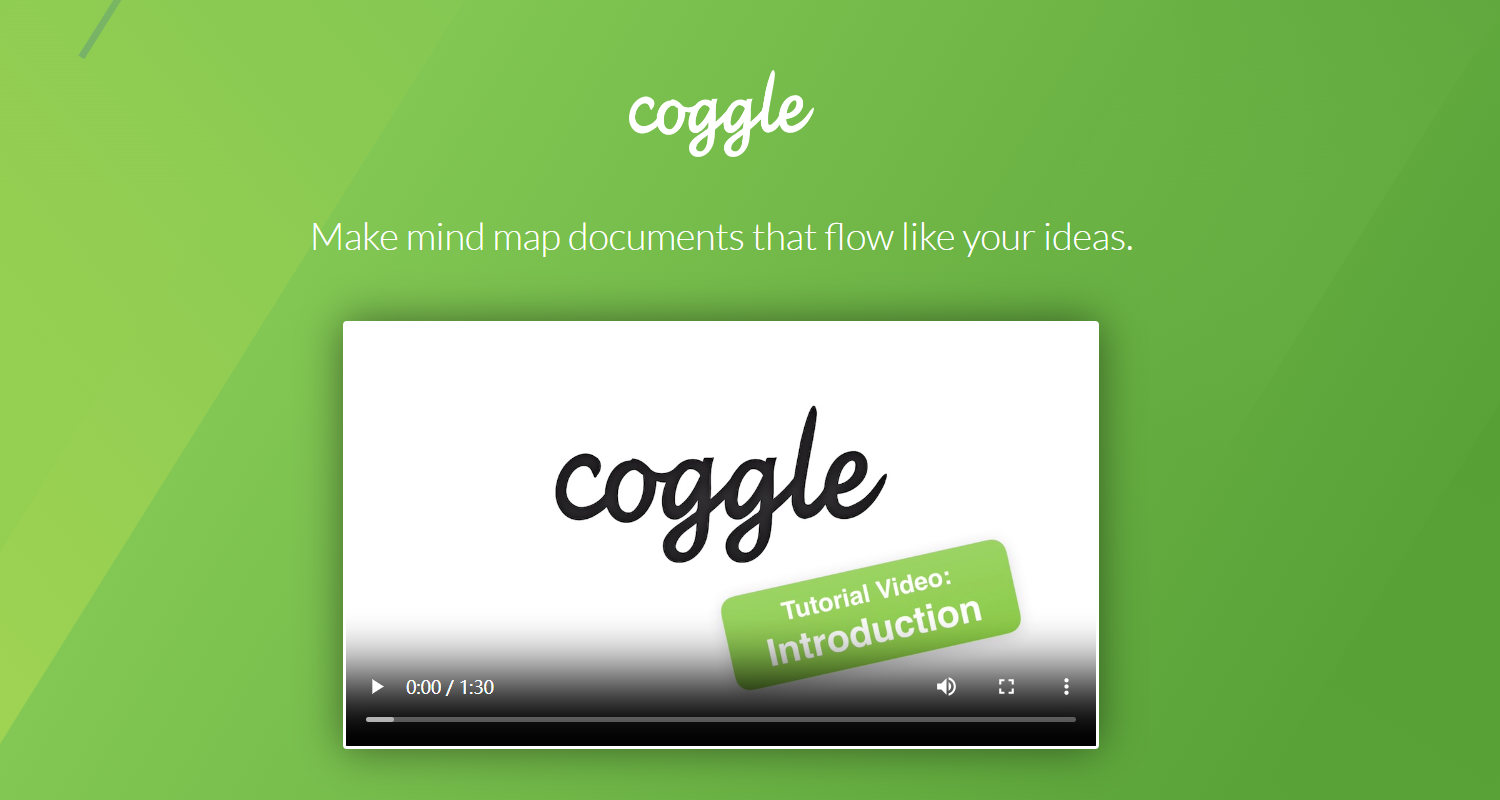
- Strengths: Simple and intuitive, real-time collaboration, focus on clean design.
- Limitations: May lack some advanced features found in more complex tools.
- Unique Features: Seamless collaboration, emphasis on clarity in mind maps.
Lucidchart
Lucidchart excels in business contexts with its range of diagram types and integration with enterprise tools like G Suite, Microsoft Office, and Slack. However, advanced features and larger storage come at a premium price.

- Strengths: Extensive diagramming features, integration with other applications, collaborative editing.
- Limitations: Some users may find the learning curve steep.
- Unique Features: Robust diagramming capabilities, templates for various use cases.
XMind
XMind is recognized for its flexibility in structuring maps and presenting ideas. The tool offers a rich set of features including a variety of templates, ample export options, and compatibility with multiple platforms. A potential downside is that some users may find its interface slightly complex.
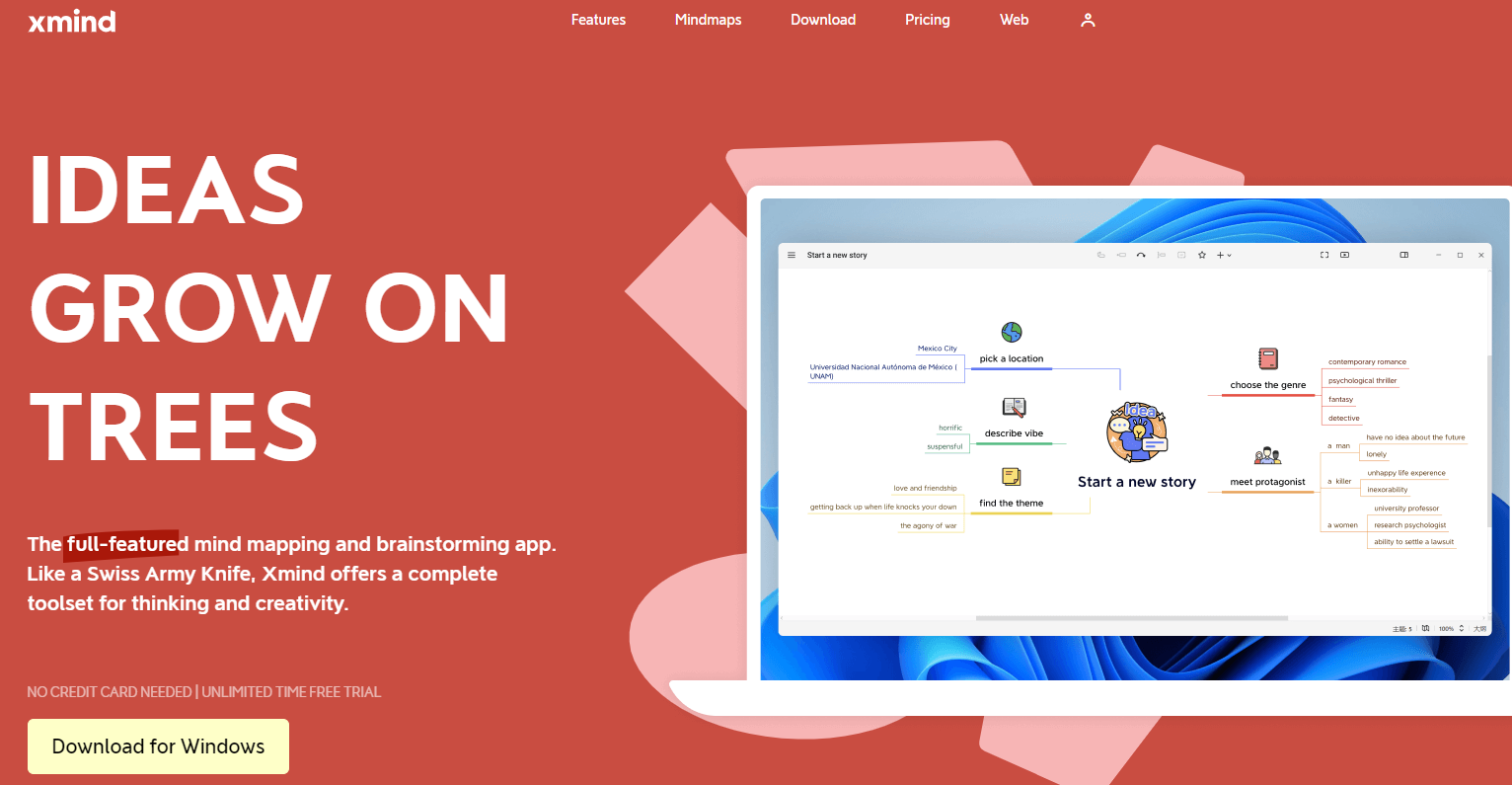
- Strengths: Diverse map structures, customizable themes, good balance of features for both basic and advanced users.
- Limitations: The free version may lack some advanced functionalities.
- Unique Features: Numerous templates, supports fishbone and matrix charts.
Bubbl.us
Bubbl.us provides a simple, no-frills platform for creating concept maps. Despite its simplicity, the tool enables easy collaboration and has adequate customization options. However, exporting diagrams requires a premium subscription.
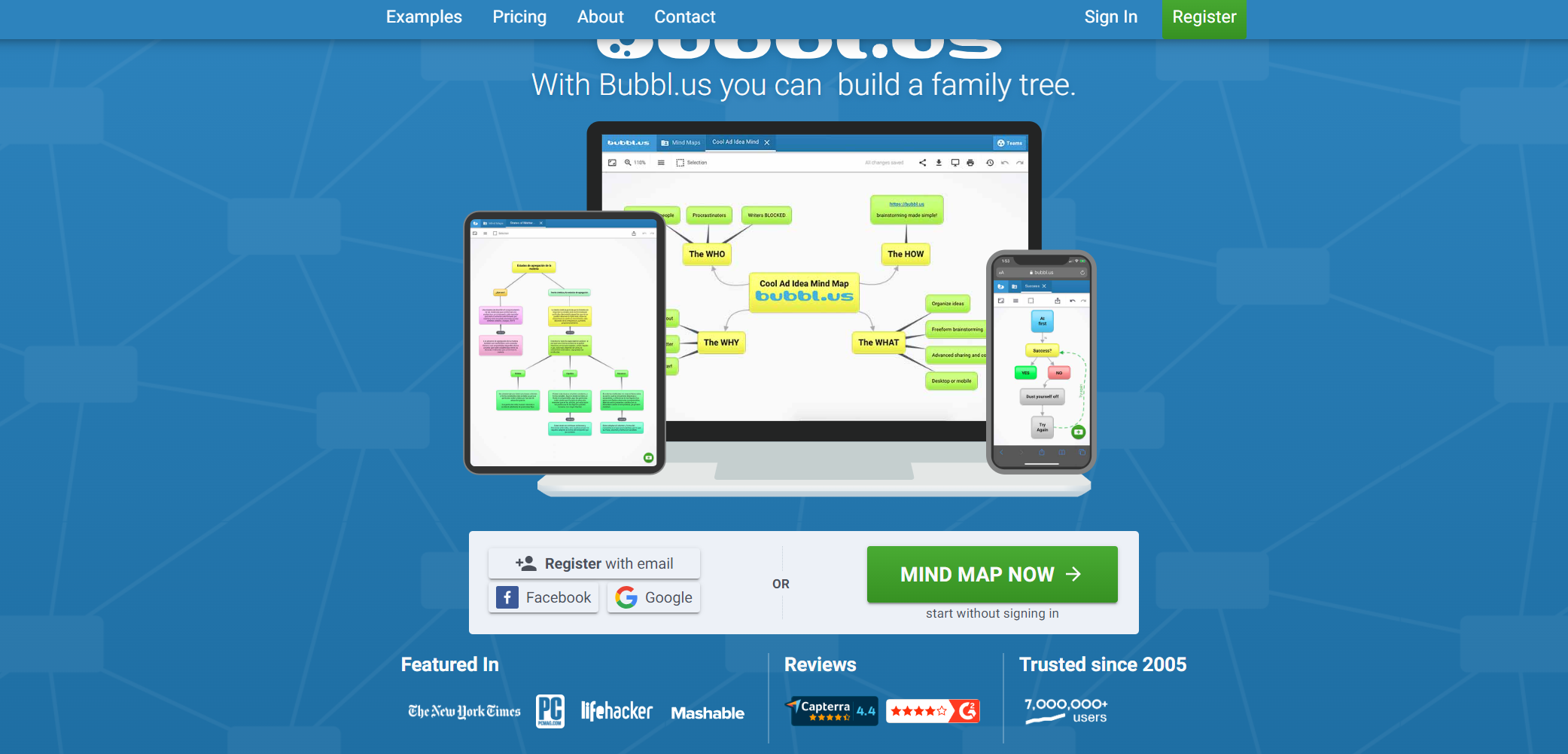
- Strengths: Simple and straightforward, ideal for quick brainstorming.
- Limitations: May not have as many advanced features as some competitors.
- Unique Features: Streamlined interface, easy to use for beginners.
Canva
Canva impresses with its extensive design capabilities, making it an excellent choice for visually stunning concept maps. While Canva is free to use, certain templates and elements require purchase.

- Strengths: Versatility for various design tasks, intuitive drag-and-drop interface.
- Limitations: More design-oriented, may not have as many mind mapping features.
- Unique Features: Rich design elements, collaborative design capabilities.
Creately
Creately distinguishes itself with its smart shapes and connectors that enhance diagramming efficiency. While it's rich in features, it has a steeper learning curve compared to other tools.

- Strengths: Comprehensive diagramming tools, collaboration features, diverse templates.
- Limitations: Some advanced features are part of premium plans.
- Unique Features: Extensive library of shapes and icons, real-time collaboration.
Mindomo
Mindomo combines concept mapping with mind mapping capabilities, offering flexibility in expressing ideas. While powerful, Mindomo requires a paid subscription for full access to its features.
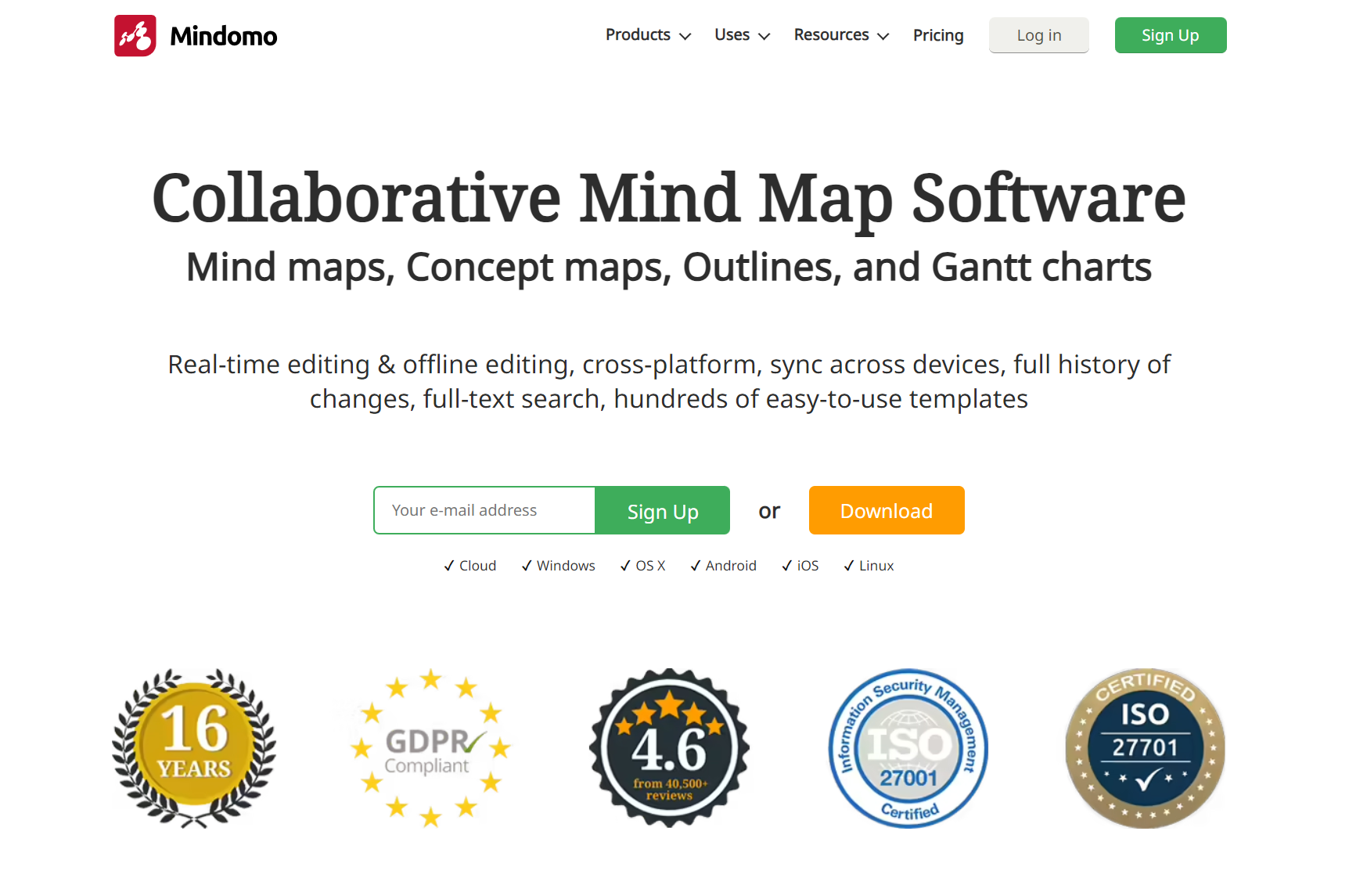
- Strengths: User-friendly, multiple map layouts, supports various media types.
- Limitations: Free version may have limited export options.
- Unique Features: Multimedia integration, task management within mind maps.
Novamind
Novamind shines with its wide array of styling options and powerful map structuring capabilities. However, users should note that these advanced features come at a cost.
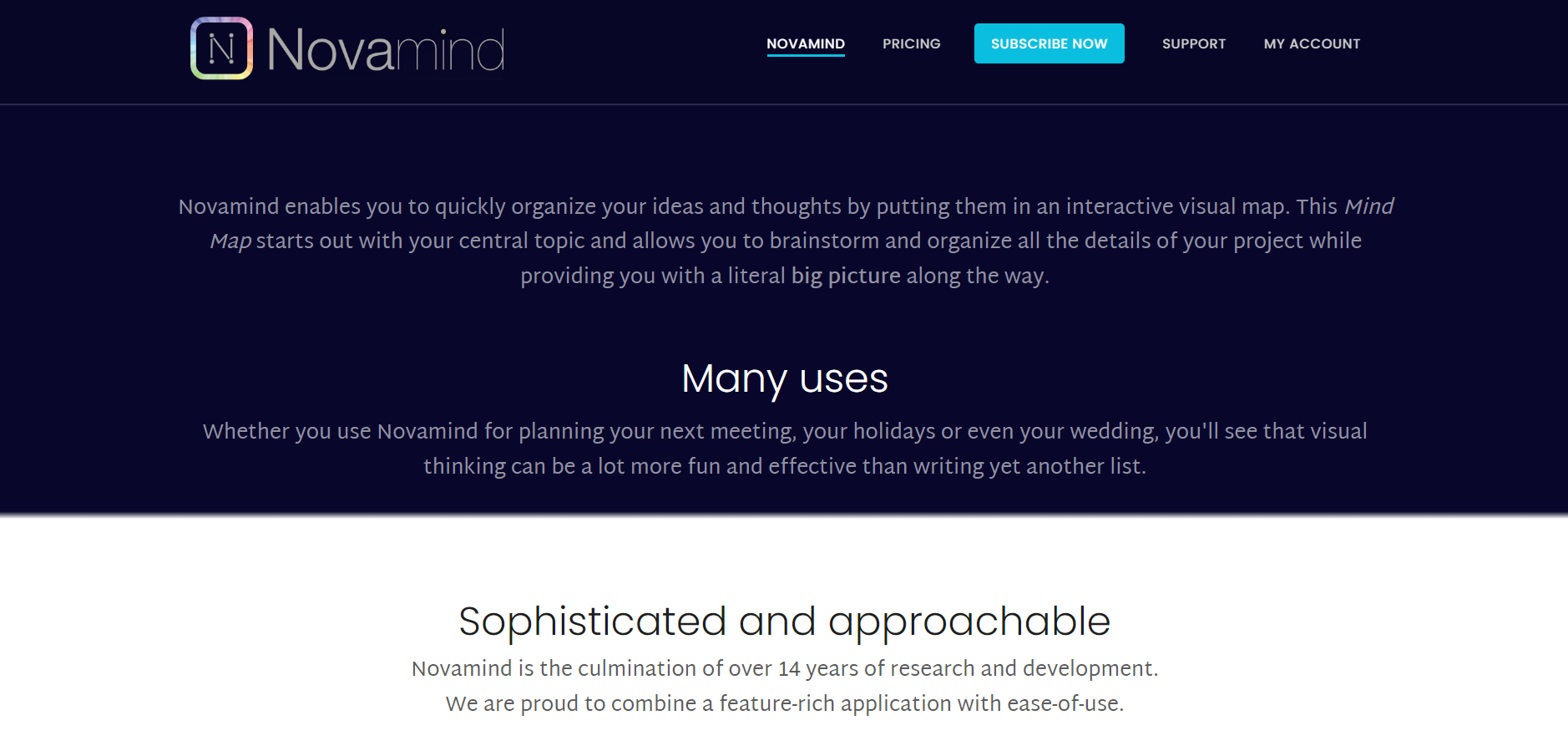
- Strengths: Flexible map structures, supports brainstorming, good for project planning.
- Limitations: Interface may seem a bit dated compared to some competitors.
- Unique Features: Focus on project management, easy-to-use interface.
The best concept map maker depends on your specific needs and budget considerations. Evaluate your requirements against these reviews to make an informed choice.
How to Choose the Right Concept Map Maker for You
Choosing the right concept map maker is crucial for effectively visualizing and organizing your ideas. Here are some considerations to help you make the right choice:
User-Friendly Interface
Opt for a tool with an intuitive and user-friendly interface. This ensures that you can quickly create concept maps without spending too much time on the learning curve.
Collaboration Features
If you need to collaborate with others, look for a concept map maker that offers real-time collaboration features. This is especially important for team projects or remote collaboration.
Flexibility and Customization
Choose a tool that allows for flexibility in creating different types of concept maps. Look for customization options such as various layouts, color schemes, and styling elements.
Integration with Other Tools
Consider whether the concept map maker integrates with other tools you use. Integration with productivity tools, cloud storage, or project management platforms can enhance your workflow.
Export and Sharing Options
Check the export options provided by the tool. Ensure that it supports common file formats so that you can easily share your concept maps with others or use them in different applications.
Templates and Symbols
Assess the availability of templates and symbols. A diverse library of templates and symbols can save time and make your concept maps more visually appealing.
Cross-Platform Compatibility
If you work on different devices, choose a concept map maker that is compatible with various platforms (Windows, macOS, web-based, etc.). This ensures seamless access to your concept maps from anywhere.
Cost and Licensing
Consider your budget and the pricing structure of the concept map maker. Some tools offer free versions with limited features, while others require a subscription for full access. Evaluate the value for money based on your specific needs.
Learning Resources and Support
Look for tools that provide ample learning resources, tutorials, and customer support. This is particularly important if you encounter issues or need guidance on using specific features.
Feedback and Reviews
Read user reviews and testimonials to understand the experiences of others who have used the concept map maker. This can provide insights into potential strengths and limitations of the tool.
Offline Accessibility
Consider whether you need offline access to your concept maps. Some tools may require an internet connection, while others offer offline capabilities.
Ultimately, the right concept map maker will depend on your individual needs and circumstances. By considering these factors, you can ensure you choose a tool that not only fits your requirements but also enhances your productivity and efficiency. As an excellent concept map maker, Boardmix promises to serve you well. Just give it a try!













